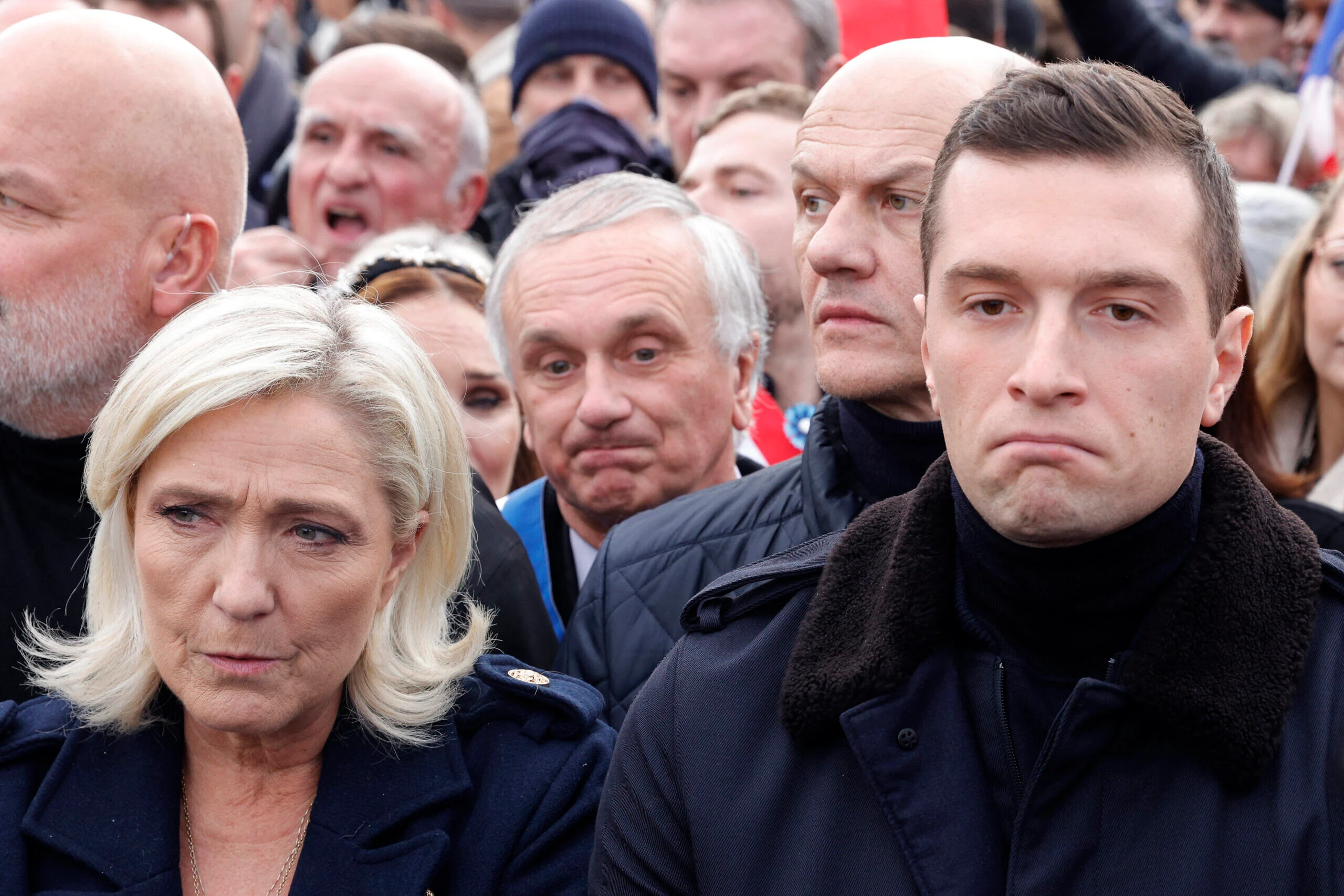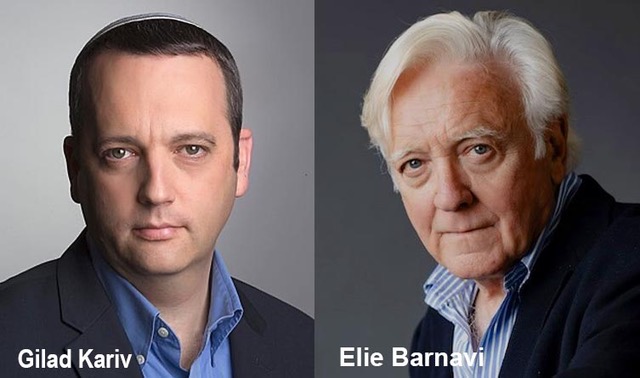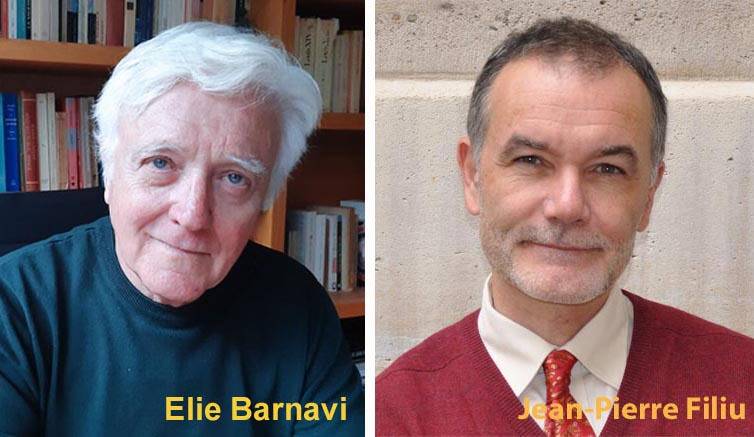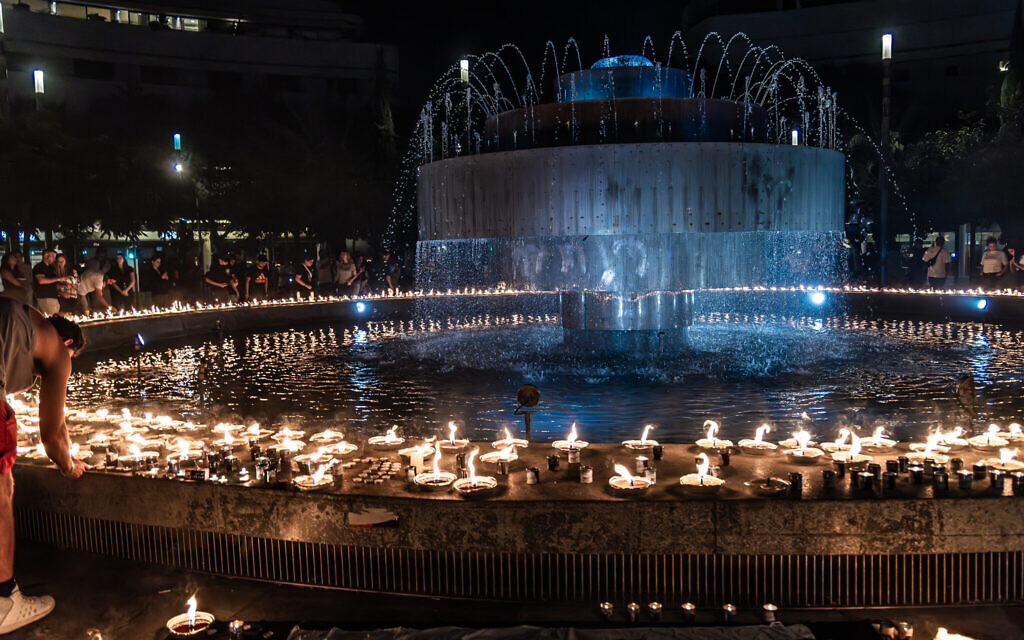It is customary on Rosh Hashanah, the Jewish New Year, to wish that the departing year takes its curses with it and that the coming one brings its blessings!
Yet, as this new year begins, the curses of the past year continue, with no end in sight. The year 5784 will be remembered in Jewish and Israeli history as one of the darkest years since the country’s founding. The day of October 7, 2023, the holiday of Simchat Torah, marking the end of the annual Torah reading cycle, is still not over a year later. The massacre of nearly 1,200 civilians and soldiers carried out by Hamas on that day, along with the capture of more than 250 hostages—101 of whom are still being held in Gaza’s tunnels—has left the country in deep trauma from which it has yet to recover. The war that followed shows no signs of ending.
In the south, over 700 soldiers have fallen to date, and tens of thousands of Palestinians have been killed—many of them Hamas fighters—yet there is still no prospect of an agreement, which Israeli military authorities insist is the only way to recover the remaining hostages, both living and dead, and to establish a ceasefire that both civilian populations so desperately need.
In the north, the situation is also dire. After Hezbollah launched an average of one rocket per hour into Israeli territory over the past year—forcing over 60,000 civilians to flee towns and kibbutzim near the Lebanese border—Israel has engaged in a war against the Islamist group, eliminating its leadership in just a few days through a series of bold operations. This intervention, supported by all segments of Israeli society, from left to right, has already uncovered large stockpiles of weapons, Hezbollah-built tunnels, and invasion plans for all northern Israeli cities, including Nahariya. However, to avoid repeating the mistakes of the two previous wars in Lebanon, the government must assign this operation a political purpose to prevent a renewed threat to the northern region. As in the south, the solution will require international cooperation—a step Netanyahu refuses to take due to internal political considerations that could cost him his majority in the Knesset and lead to new elections.
Following the elimination of Hamas leader Ismail Haniyeh in the heart of Tehran and Hezbollah leader Hassan Nasrallah in his bunker in Beirut, Iran launched a major attack on October 1 for the second time, firing 200 missiles at Israel. If this conflict escalates, it poses the most serious danger, with far-reaching regional and international implications.
In addition to these three fronts, there are two others. In the Red Sea, Yemen’s Houthis, armed by Iran, have successfully launched missiles at Israeli territory multiple times, disrupting maritime traffic on a vital global trade route. Meanwhile, in the West Bank, the risk of a new intifada is real, following the deaths of hundreds of Palestinians over the past year—many of them local leaders and Hamas members, killed by the army or, in some cases, by settlers, whose violence against Palestinian civilians often goes unpunished—amid the continued expansion of settlements.
One could add to this list of “curses” by describing the situation within Israel, where right-wing and far-right parties have regained some of the political capital they lost after October 7. Itamar Ben Gvir, the Minister of Internal Security, has tightened his grip on the leadership of the police, who no longer hesitate to crack down on protesters opposing the government’s policies every Saturday. Bezalel Smotrich, the Finance Minister and de facto head of settlement activity in the Ministry of Defense, has continued his policy of reshaping the West Bank to make the creation of a Palestinian state impossible.
Yet, alongside this list of “curses,” there are glimmers of hope that might herald blessings to come.
The first is the resilience of Israeli society and its ability, from October 8 onward, to compensate for the state’s many shortcomings through admirable volunteerism. The public quickly rallied to support the families of the hostages, without giving up the weekly protests against this government, even in the midst of war.
Another very encouraging sign is the reaction of Israeli Arab citizens, the majority of whom now feel a stronger sense of belonging to the state than before the war and have condemned Hamas’s actions and ideology.
Finally, the last hopeful sign is the reaction of neighboring Arab countries following the Iranian attacks. Two nations at peace with Israel—Jordan and the UAE—participated in the international coalition which, along with the Israeli, American, British, and likely French air forces, intercepted hundreds of missiles fired by Iran at Israel last April and again on October 1. Saudi Arabia has even contributed to this defense effort by providing its radar systems to the coalition.
This new year, therefore, begins with both fears and hopes. The first hope lies in achieving a ceasefire in Gaza that would allow for the recovery of the hostages, followed by the establishment of a civil administration in Gaza with significant international cooperation. This could, now that Israel has regained its military and technological deterrent power, which was undermined on October 7, lead to a broader agreement that would eliminate threats to its northern border. This could also be the prelude to regional changes and perhaps even a resumption of negotiations with the Palestinians to try to end the conflict, now that it is once again at the forefront of international concern. Such a scenario would obviously require elections in Israel and the formation of a new government.
This may all seem like a dream today. But Rosh Hashanah is indeed the time to express wishes, and these are the ones we offer for the well-being of the people of the region.
We wish you and your loved ones all the best for this new year.
David Chemla






